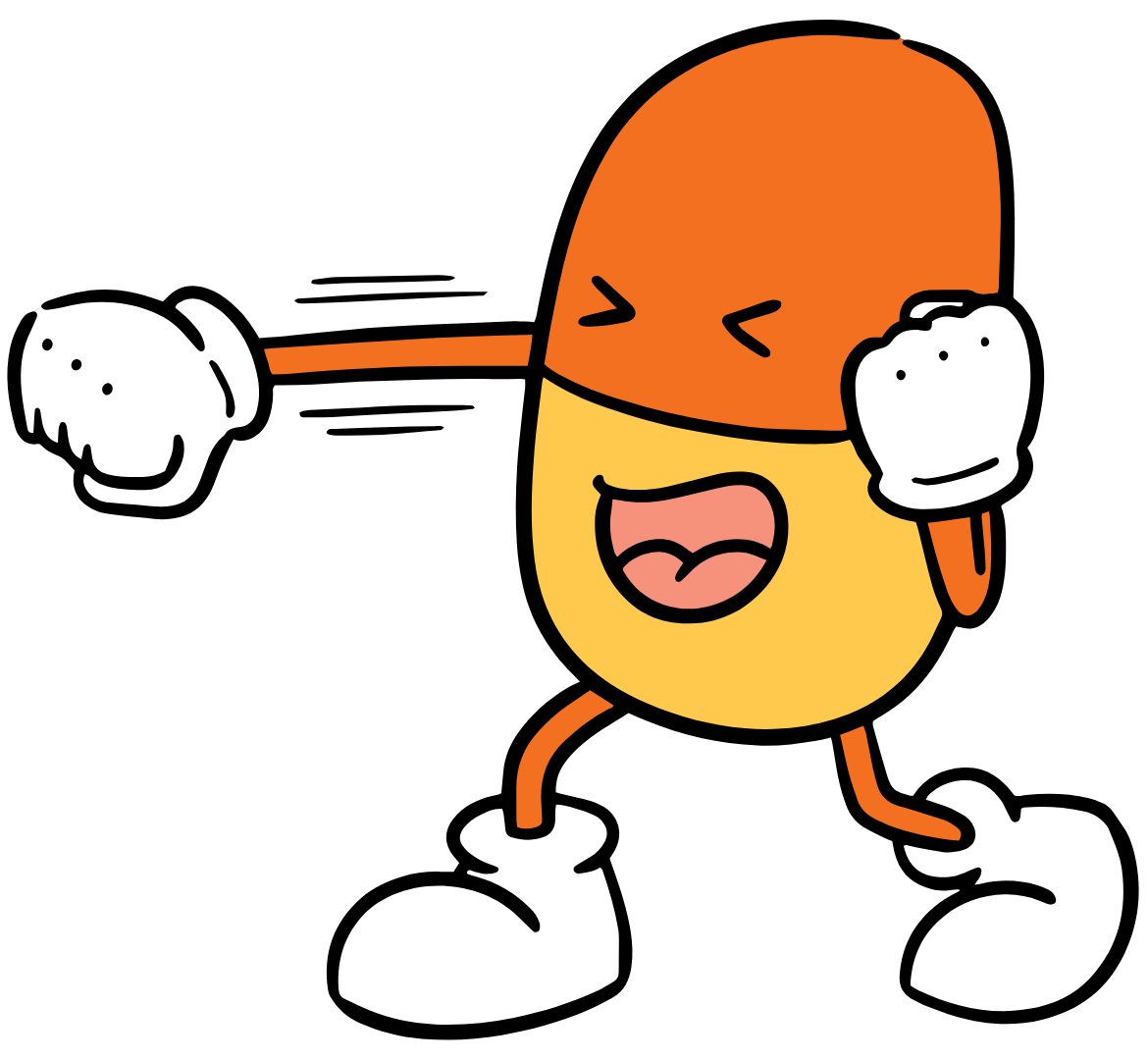Poetry About Depression That Will Touch Your Soul
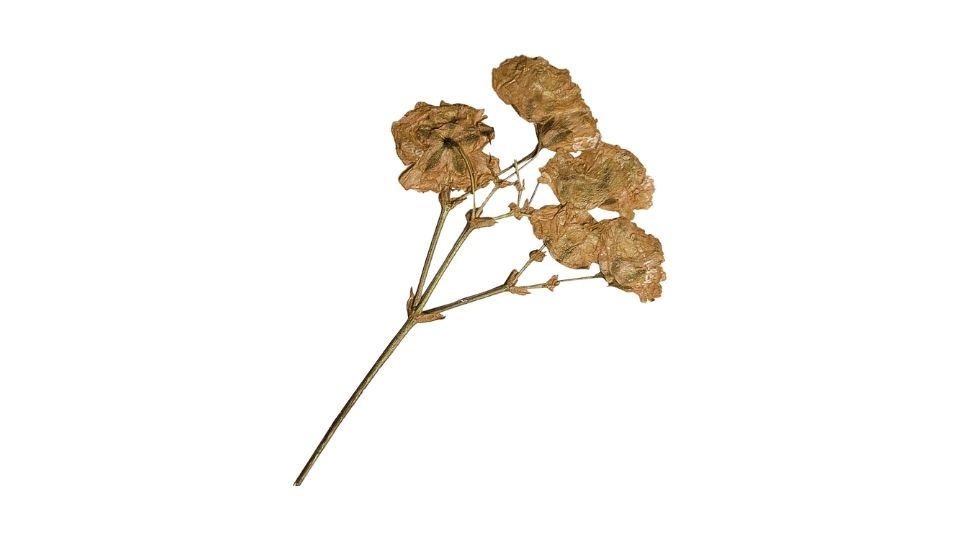
Ever noticed how poetry gets under your skin and says exactly what you’re feeling when you’re at your lowest? It’s like someone reached into your brain, grabbed all those messy emotions, and arranged them into something beautiful and true.
Depression isn’t just “feeling sad” – it’s a complex monster with many faces. And poets? They’re the brave souls who’ve been staring this beast in the eyes for centuries, writing down what they see.
The Poetry of Depression: When Words Capture What Medicine Can’t
Let’s explore how the most talented wordsmiths throughout history have transformed their darkest moments into art that makes us feel less alone. Because sometimes, a stranger’s poem can make you feel more understood than a conversation with your closest friend.
What Depression Actually Feels Like (According to Poets)
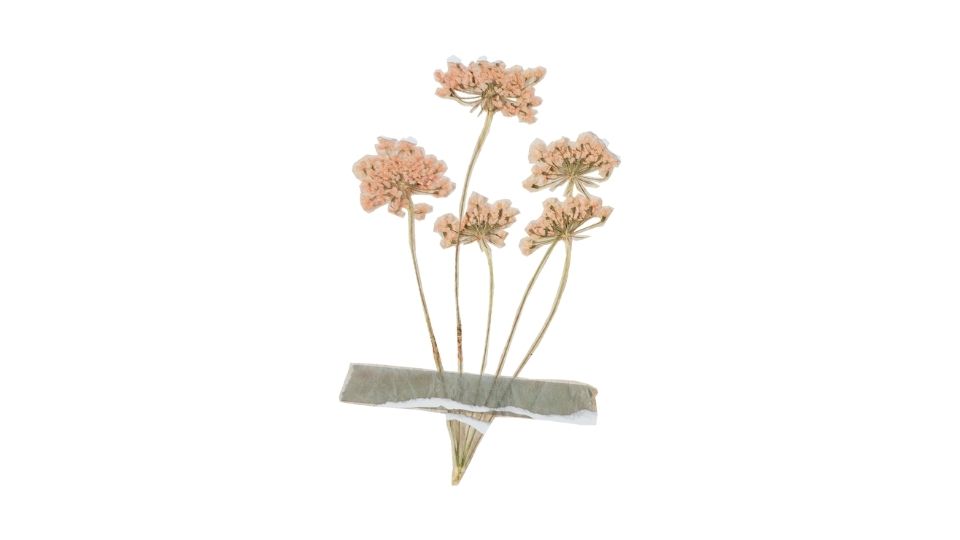
Depression isn’t just sadness – it’s a whole landscape of emotions that poets have mapped out with brutal honesty.
Robert Frost’s “Stopping by Woods on a Snowy Evening” isn’t just about a dude admiring trees. That peaceful, snow-covered forest represents escape and rest, while those “promises to keep” are the obligations that feel impossible when you can barely get out of bed.
It’s the perfect metaphor for how depression makes even simple responsibilities feel like climbing Mount Everest. Deep reflection on poetic imagery can help us better understand depression symptoms.
T.S. Eliot flipped the script when he called April “the cruelest month” in “The Waste Land.” Why? Because when you’re depressed, seeing everyone else enjoy spring’s renewal while you feel dead inside just makes everything worse.
Depression warps time too – you’re stuck between regrets about the past and anxiety about the future, never present in the moment. Sound familiar?
The Metaphors That Make Sense of Madness
Poets use metaphors like emotional shorthand to express what depression feels like when regular words fail.
Stevie Smith’s “Not Waving but Drowning” hits like a punch to the gut. That image of someone drowning while others think they’re just waving? That’s depression in a nutshell – looking fine on the outside while you’re suffocating inside. How many times have you said “I’m fine” when you were anything but?
Sylvia Plath’s “Mirror” gets at another truth about depression – that brutal self-criticism that won’t let up. The mirror doesn’t lie, but it also doesn’t show compassion. Depression is like carrying around a mirror that only shows your flaws and ignores everything good about you. Plath’s work remains influential in modern psychological understanding of depression.
And then there’s Justin Farley’s “The Nothing” which captures that weird emptiness of depression. Not sadness – just… nothing. Like being a ghost in your own life. That feeling when you’re not even sad anymore, just hollow and numb? Poets get it.
Today’s Poets Keeping It Real
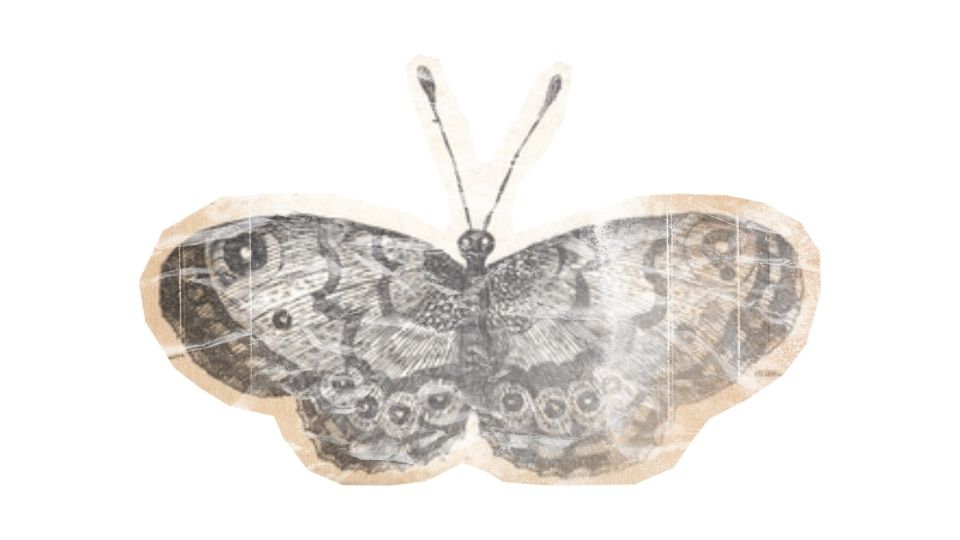
Modern poets are out here spitting truth about mental health without the flowery language of the past.
Jarod K Anderson’s “I Am Not OK Today” is like that friend who doesn’t try to fix you – just sits with you in the mess and says “yeah, this sucks.” Sometimes that’s exactly what you need.
Sabrina Benaim’s “Explaining My Depression to My Mother” is basically every frustrating conversation you’ve had trying to make someone understand why you can’t “just be happy.” The poem vibrates with love and frustration in equal measure.
Ada Limón brings some much-needed resilience and strength to the conversation with “Wonder Woman.” Depression isn’t just about suffering – it’s also about the incredible courage it takes to keep going. Contemporary poetry often serves as both artistic expression and therapeutic tool.
Why Depression Poetry Matters (Even If You’re Not “A Poetry Person”)

Poetry about depression does some heavy lifting in our culture:
- It puts words to feelings that seem impossible to express
- It shows people struggling that they’re not alone
- It helps friends and family understand what their loved ones are going through
- It reminds us that people have been battling this illness for centuries – and surviving
Anne Sexton’s “The Fury of Rainstorms” acknowledges something few people talk about – sometimes depression is just boring. That dull, gray ache that goes on and on? It’s exhausting. But Sexton also reminds us that small acts of self-care (lighting that metaphorical cave) make a difference.
Alex Elle’s “Resilience” is like a pep talk from someone who’s been there. The poem practically shouts: “You’re stronger than you think!” And sometimes, that’s exactly the reminder you need. Poetry therapy is increasingly recognized as a legitimate complementary approach to mental health treatment.
What These Poems Teach Us About Living With Depression
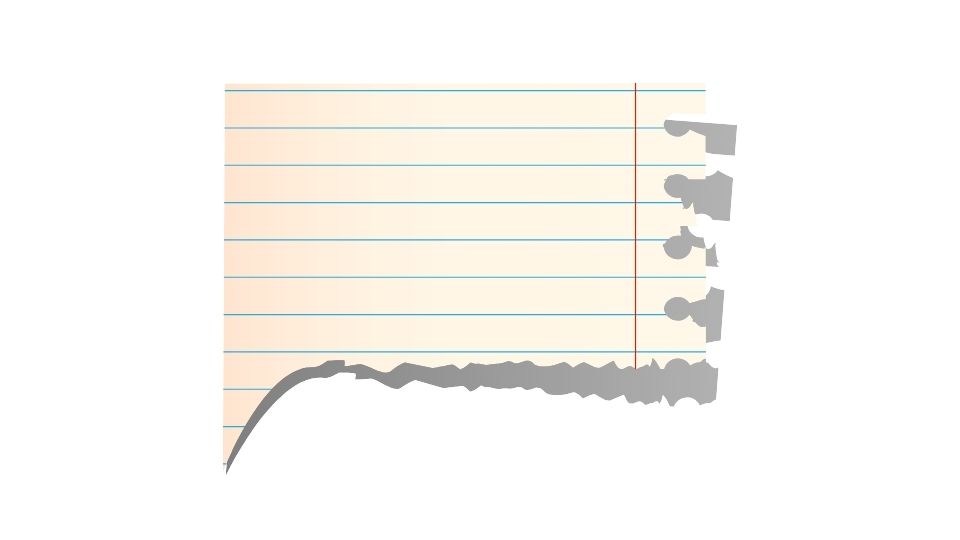
Depression poetry tells us some important truths:
- Depression lies to you about being alone – these poets prove others have felt exactly what you feel
- Expression helps – putting feelings into words can take away some of their power
- Beauty can come from pain – transforming suffering into art is a kind of alchemy
- Hope exists – even the darkest poems usually contain a glimmer of light
For those fighting depression, reading these poems can feel like finding a map when you’re lost in the woods. And for those who love someone with depression, these poems offer a window into an experience that’s often invisible from the outside.
Depression is complex, personal, and incredibly difficult to describe – but poets throughout history have found ways to capture its essence. Their words remind us that we’re not alone in our darkest moments, and that sometimes, simply naming the monster makes it a little less frightening.
So the next time you’re struggling to explain how you feel, or trying to understand someone else’s mental health battle, maybe reach for a poem instead of a medical textbook. You might be surprised at how much clarity you find between the lines.
